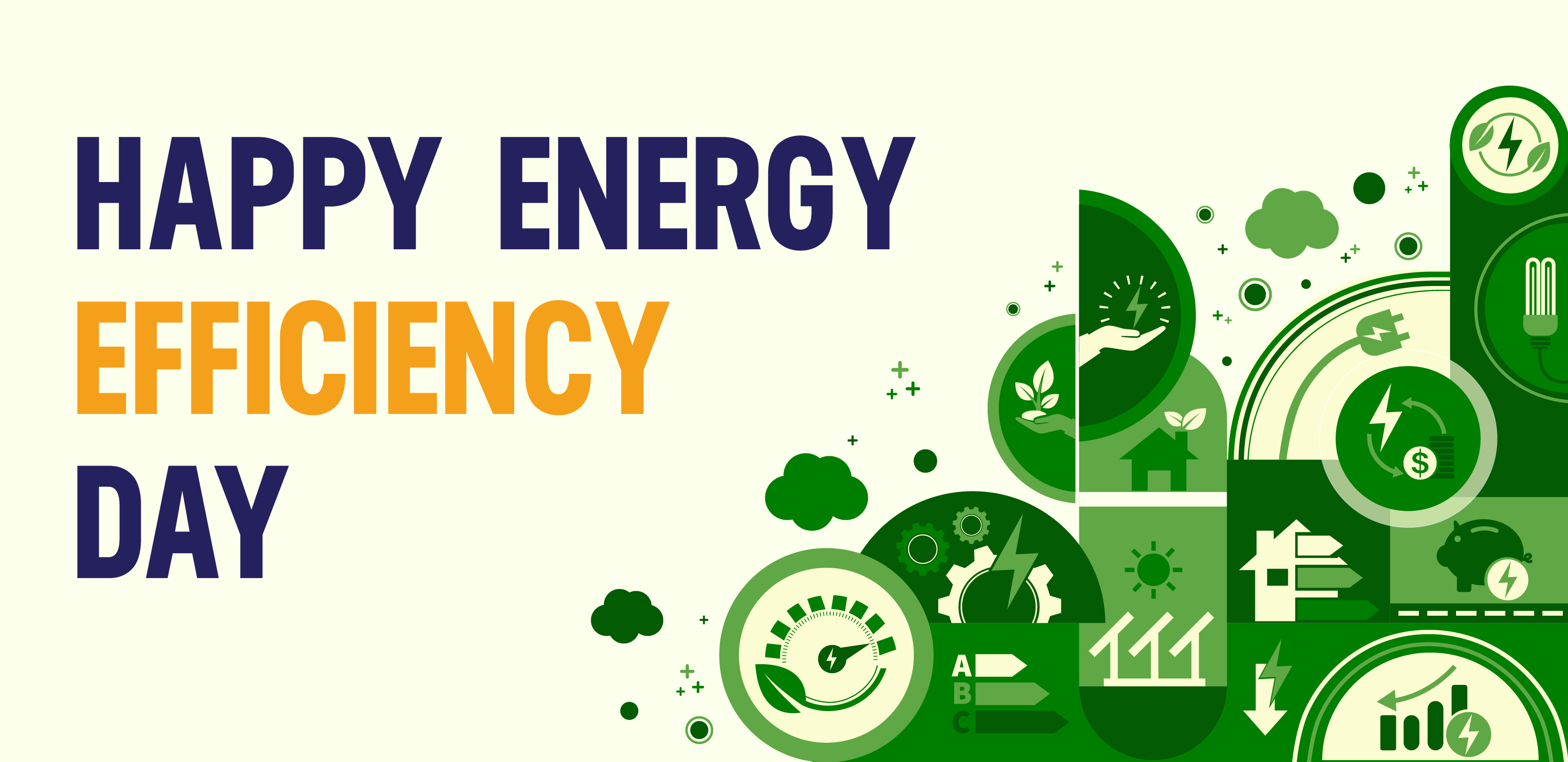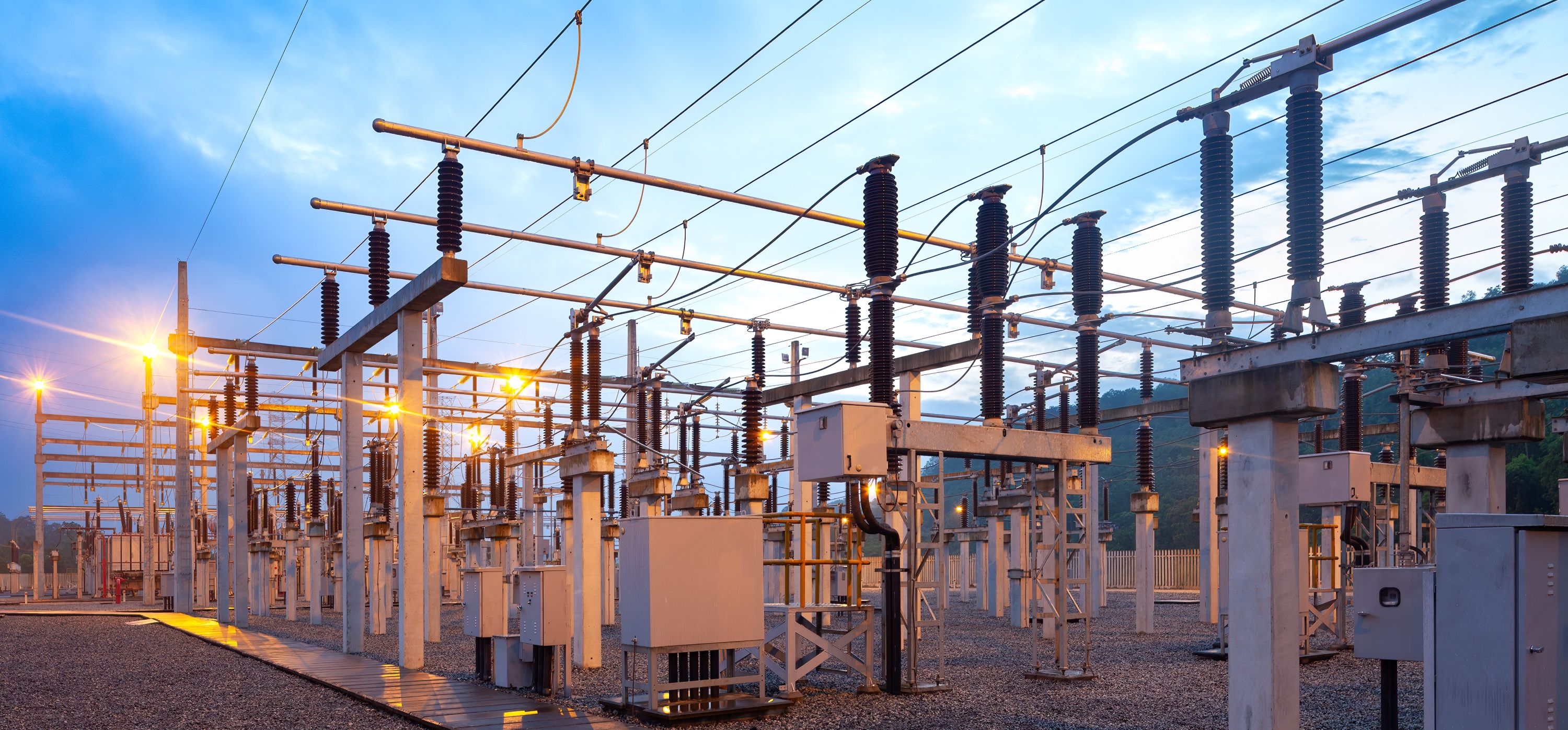Leading the Way to Expand Access to Energy Efficiency
Let's Save Energy
Alliance to Save Energy's Blog

Guest blog by Brian Prusnek, Director of Customer Programs and Assistance, SoCalGas
As the saying goes, the cheapest unit of energy is the one you don’t use. Energy efficiency rebates and programs are proven ways to help customers reduce their energy use and save money. But how do energy utilities expand access to their energy efficiency initiatives to serve all customers and ensure eligible customers get the assistance they need?
Earlier this year, SoCalGas announced ASPIRE 2045 including a bold climate commitment to achieve net zero greenhouse gas emissions in its operations and delivery of energy by 2045. This commitment reflects our focus on supporting California with a resilient gas grid through the energy transition as we build a carbon neutral economy, and features a net zero target that includes Scopes 1, 2 and 3 greenhouse gas emissions. This means we plan on eliminating not only our own direct emissions, but also those generated by our customers’ consumption of energy.
One of the ways we are addressing Scope 3 emissions today is through our energy efficiency customer programs. In fact, we invest more in energy efficiency programs than any other natural gas distribution company. This is accomplished by operating the largest natural gas energy efficiency program as well as the largest low-income assistance programs in the country.
Access to Affordable Energy
Energy today must be affordable. But the reality for many of our customers and families is that they are not able to afford new appliances or have their home weatherized. This leads to less efficient use and impacts to their health, comfort, and safety.
SoCalGas’ low-income energy efficiency programs and bill discounts are designed to help support the needs of our customers to ensure they have access to affordable energy. The largest challenge we face is getting these programs to all customers who qualify: many low-income customers are defined as hard-to-reach. To us, that means we must constantly improve upon our ways of identifying these customers and making them aware of the programs available to them via different methods and languages, including by leveraging policy and technology to improve outreach.
Policy tools
For example, our California Alternate Rate for Energy (CARE) and Energy Savings Assistance (ESA) programs are tailored for our low-income customers. The eligibility requirement for our CARE and ESA programs is 200% of the federal poverty line based on gross household income. That’s $34,840 for a household up to two people and $53,000 for a household of four. Those who qualify for CARE receive a 20% discount off their natural gas bill, while ESA provides no-cost home improvements such as attic insulation, water heater blankets and repairs, and/or replacement of water heaters and furnaces and more to help customers reduce their energy bills.
Recently, the California Public Utilities Commission (CPUC) strengthened the backbone of low-income energy programs, authorizing $11 billion statewide to support programs including CARE and ESA for the next six years. Specifically, for SoCalGas, the Commission authorized a budget of more than $848 million our CARE program and more than $680 million for our ESA program.
With these new budgets, the ESA Program will be redesigned to make it easier for qualified customers to participate in the program. In addition, the program has been enhanced to ensure that customers that have the greatest need receive critical energy efficiency, health, comfort, and safety services including solar thermal water heating, CO detectors, and smoke alarms.
However, at SoCalGas, we feel the 200% eligibility threshold may not be hitting the right target. Therefore, we support pending state legislation (SB 756) which would move eligibility to 250%. The bill will help ensure more of California’s hard-working families benefit from the energy savings provided by the ESA Program. In addition to the reduction in energy use and reduced utility bills, the program provides health, comfort, and safety benefits.
Technology tools
After identifying eligible customers, outreach to inform them about our no-cost upgrade programs is vital. We’ve learned introducing more programs or allocating more funding isn’t the right solution to increase penetration – it’s tailored outreach.
SoCalGas is leading the way by combining our customer insight with technology. Our low-income programs use census and survey data to analyze communities and neighborhoods by zip codes to uncover areas with low-penetration and high-eligibility. We work diligently to expand relationships with a network of community-based organizations such as non-profits, churches, and Goodwill to individually connect them with our CARE and ESA programs. This method builds trust with this hard-to-reach customer segment and has proven successful for SoCalGas to grow participation in our programs.
Energy efficiency is proven to be one of the most cost-effective methods to help the environment, reduce emissions, and improve the lives of customers. As energy utilities nationwide seek to address climate change, identifying the right targets and tailored outreach efforts are critical to expanding access to energy efficiency initiatives.
STAY EMPOWERED
Help the Alliance advocate for policies to use energy more efficiently – supporting job creation, reduced emissions, and lower costs. Contact your member of Congress.
Energy efficiency is smart, nonpartisan, and practical. So are we. Our strength comes from an unparalleled group of Alliance Associates working collaboratively under the Alliance umbrella to pave the way for energy efficiency gains.
The power of efficiency is in your hands. Supporting the Alliance means supporting a vision for using energy more productively to achieve economic growth, a cleaner environment, and greater energy security, affordability, and reliability.



